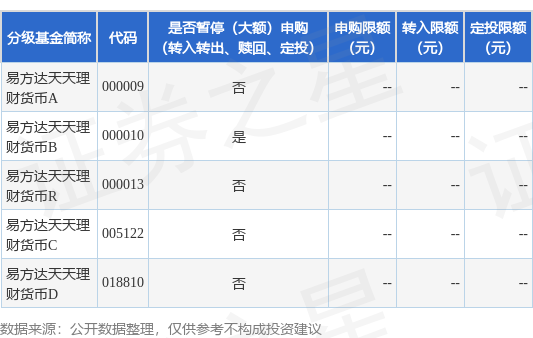
在 Ruby 中,遍历哈希(Hash)是一种常见的操作配股宝,因为哈希是由键值对组成的集合。Ruby 提供了多种方法来遍历哈希,以下是一些常用的方法:
1. 使用 each 方法
each 是最常用的方法之一,用于遍历哈希中的每个键值对。
ruby
hash = { a: 1, b: 2, c:
puts "Key: #{key}, Value: #{value}"
end
输出
Key: :a, Value: 1
Key: :b, Value: 2
Key: :c, Value: 3
2. 使用 each_key 方法
each_key 方法用于遍历哈希中的每个键。
展开剩余72%ruby
hash = { a: 1, b: 2, c: 3 }
hash.each_key do |key|
puts "Key: #{key}"配股宝
end
输出
Key: :a
Key: :b
Key: :c
3. 使用 each_value 方法
each_value 方法用于遍历哈希中的每个值。
ruby
hash = { a: 1, b: 2, c: 3 }
hash.each_value do |value|
puts "Value: #{value}"
end
输出
Value: 1
Value: 2
Value: 3
4. 使用 each_with_index 方法
虽然 each_with_index 通常用于数组,但它也可以用于哈希,但需要注意的是,哈希在 Ruby 1.9 及以上版本中是有序的,因此可以与索引一起使用。
ruby
hash = { a: 1, b: 2, c: 3 }
hash.each_with_index do |(key, value), index|
puts "Index: #{index}, Key: #{key}, Value: #{value}"
end
输出
Index: 0, Key: :a, Value: 1
Index: 1, Key: :b, Value: 2
Index: 2, Key: :c, Value: 3
5. 使用 map 方法
map 方法用于对哈希中的每个键值对进行操作,并返回一个新的数组。
ruby
hash = { a: 1, b: 2, c: 3 }
new_array = h配股宝
发布于:浙江省趣策略提示:文章来自网络,不代表本站观点。


